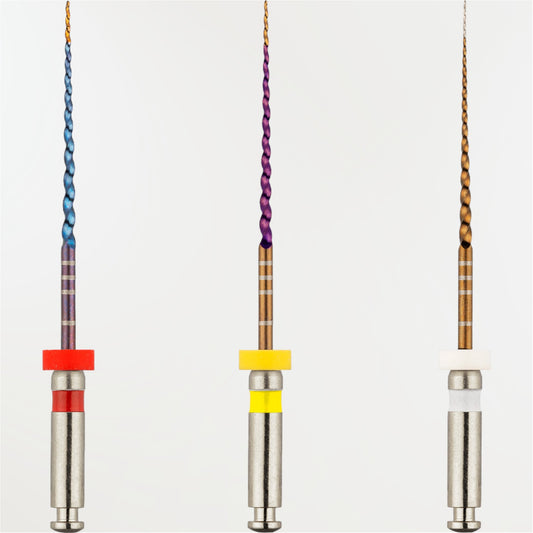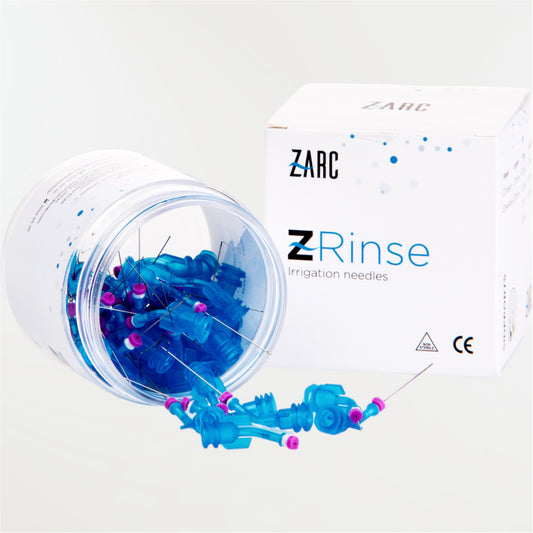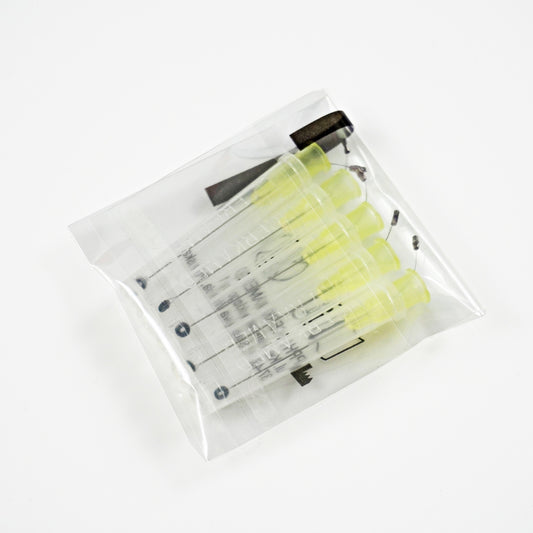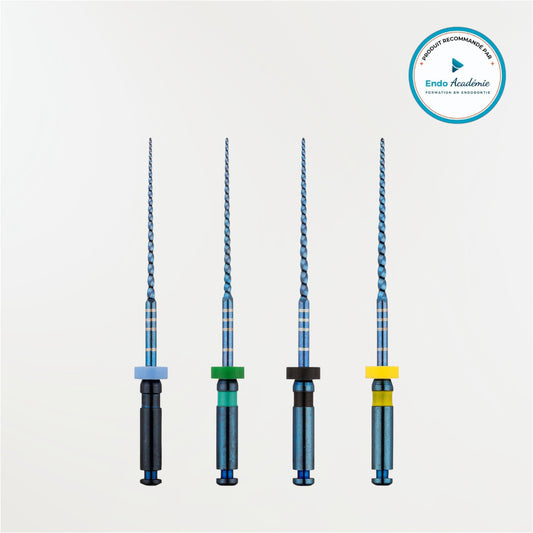In this first part of the conference, the speakers offered a realistic and educational immersion into the daily problems of contemporary endodontics: clinical decision-making, management of fractured instruments, complex retreatments , and increasing use of technological tools such as artificial intelligence .
The art of clinical decision-making: between prudence and lucidity
Throughout the session, the speakers emphasized that the first step in endodontics is not mechanical, but cognitive . When faced with a complicated case—persistent pain after initial treatment, prior surgery, or atypical anatomy—the priority is not to intervene, but to understand.
3D imaging, particularly CBCT , is a fundamental tool here to avoid errors of assessment. It allows:
- visualize complex anatomical variations (dens invaginatus, accessory roots),
- identify failures of previous treatments (surgeries without retro-preparation),
- adjust the strategy to remain as conservative as possible .
The decision to intervene must always answer the question: "What can I do, safely, in my hands?"
Towards more rational management of broken instruments
The approach to fractured instruments has evolved considerably.
Once perceived as a failure to be repaired at all costs, this complication is now viewed more strategically. Systematic removal is no longer recommended. Three options are emerging:
- the bypass , often technically difficult,
- Removal , if it can be done without weakening the tooth,
- Or acceptance , that is to say the obturation around the fragment, with radiological monitoring.
Decision making depends on multiple factors:
- Location (apical or coronal third),
- Clinical symptoms,
- Presence of a periapical lesion,
- Access to a microscope, magnifying glasses or suitable ultrasonic systems,
- And of course, operator skill .
Artificial intelligence as support for clinical reasoning
One of the highlights of the session is the integration of artificial intelligence (AI) into endodontic analysis and planning.
Used in conjunction with CBCT, AI allows:
- To automatically recognize errors or obstacles (fractures, materials, resorptions) ,
- To generate augmented radiological reports ,
- Even export STL files for 3D printing of the clinical case.
This use of AI opens up new perspectives in terms of teaching and self-assessment. AI can even adapt its suggestions to the user's skill level , thus providing individualized guidance.
Reprocessing: rigor, structure and efficiency
The speakers emphasize the importance of considering reprocessing as a treatment in its own right , and not as improvising on a failure. This implies:
- A complete and structured disassembly : removal of restorations, anchors, gutta-percha,
- on the RSmethodical coronal preparation before reaching the apical areas,
- The use of specific reprocessing rotary files , combined with ultrasonic devices,
- The abandonment of solvents, considered to be ineffective and often harmful to root structures.
The reprocessing kit presented is based on a logical sequence of instruments, each having a specific role (coronal, medial, apical), and using heat-treated alloys to combine rigidity, flexibility and cutting efficiency.
Endodontics focused on enlightened caution
What emerges from this session is a vision of endodontics that is both technological and reasonable .
Faced with the complexity of cases, the practitioner does not seek technical heroism, but decision-making accuracy . Experience, combined with modern imaging, AI and adapted tools, makes it possible to approach complex cases with method, perspective and safety for the patient .
The 5 essential points to remember:
1. Clinical decision is the heart of treatment
Before treating, one must make clear decisions. Many failures stem from poor therapeutic timing or an inappropriate indication. CBCT and precise anatomy analysis allow for the anticipation of pitfalls. The speaker emphasizes maximum conservatism : treat only what one truly understands.
2. Fractured instruments are not always an indication for removal
“Don't touch... if you don't know.” Managing fractured instruments must be based on several criteria: location , symptoms, possibility of bypassing or removing them without damage . Removal at all costs is no longer the rule. Sometimes it is necessary to leave them in place and seal them , or opt directly for surgery.
3. Artificial intelligence, the endodontist's new assistant
AI applied to CBCT allows:
- to identify critical areas (fractures, perforations, materials present),
- to propose treatment plans adapted to the operator's skills,
- or even generate STL models to plan a treatment in 3D or print it.
A valuable clinical guidance tool to reduce human error.
4. Reprocessing requires a systematic and structured approach
“Transforming a reprocessing into a treatment.” This involves:
- complete unblocking (without solvent),
- the use of rotary and ultrasonic machines ,
- specific kits like the one presented (bull, skinny, shape 1/2),
- and a strategy to reduce coronary interference before any apical shaping.
5. Bypass, removal or surgery? Fragment management becomes strategic
The practitioner must assess:
- the possibility of bypassing (often complex) ,
- the risk of damaging the tooth when attempting removal,
- and the relevance of immediate surgical access .
He also emphasizes the importance of suitable equipment : microscopes, ultrasound, loops, and above all... a good clinical indication .







